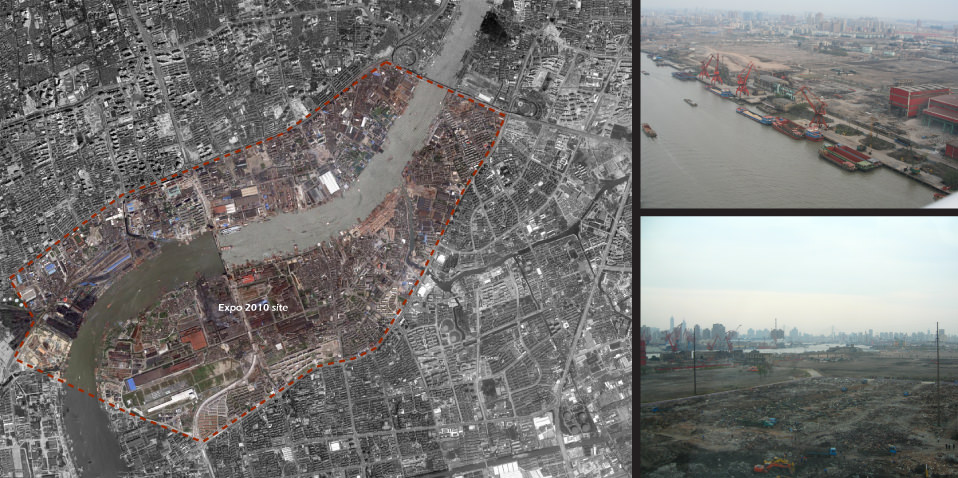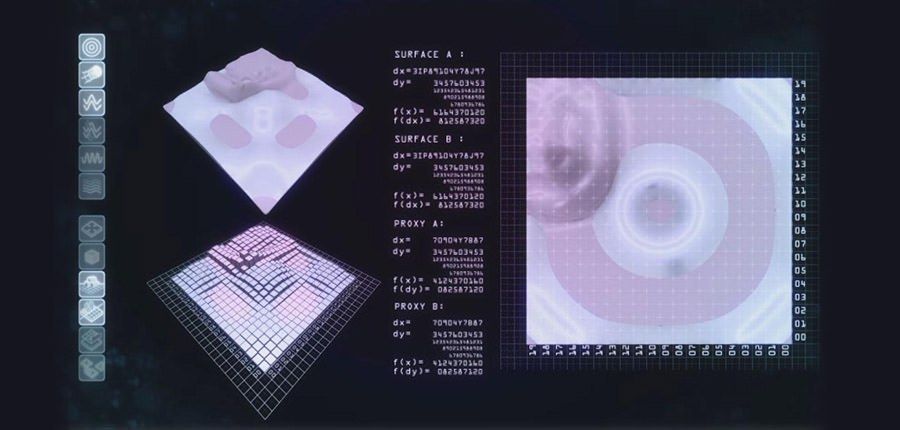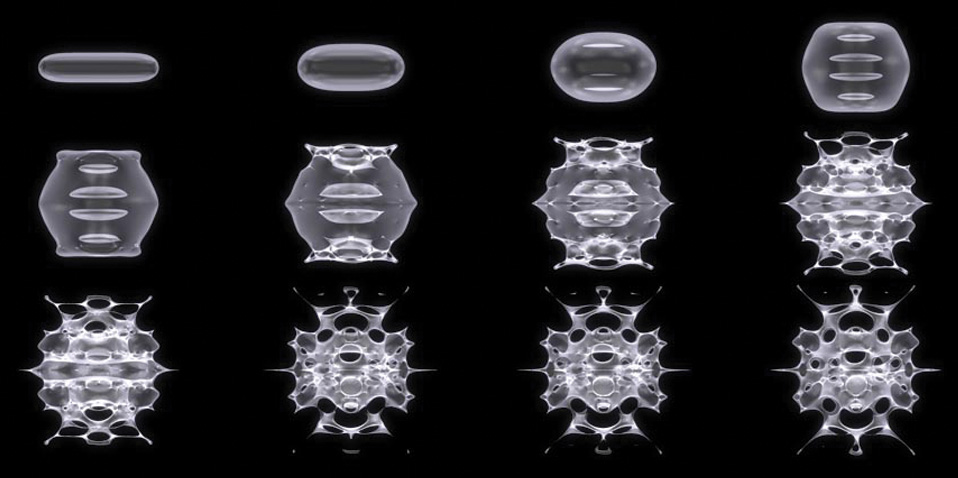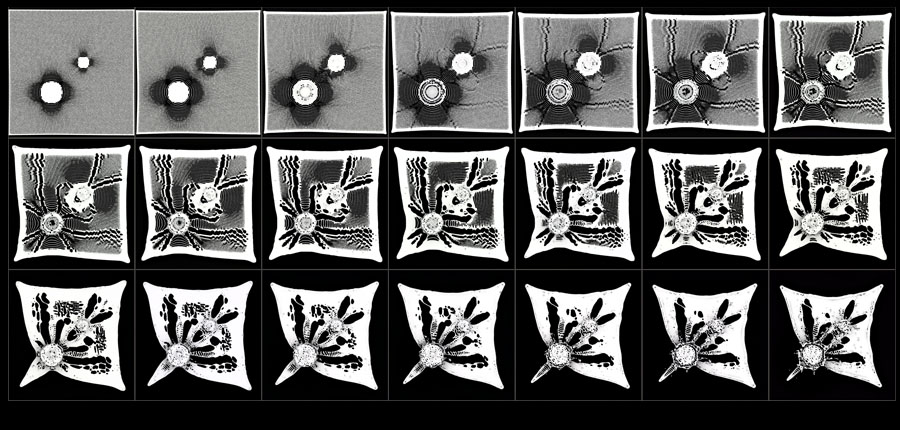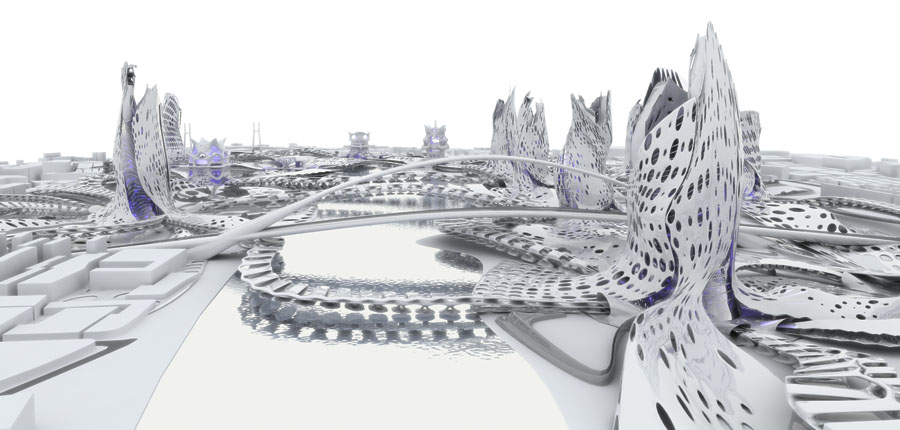Master Thesis 'Interference Urbanism' | Shanghai
Research | Collaboration
-
University
Architectural Association
London, UK.
-
Course
Masters of Architecture and Urbanism : Design Research Laboratory
-
Agenda | Tutor
Parametric Urbanism, 2006-2008
-
Team
